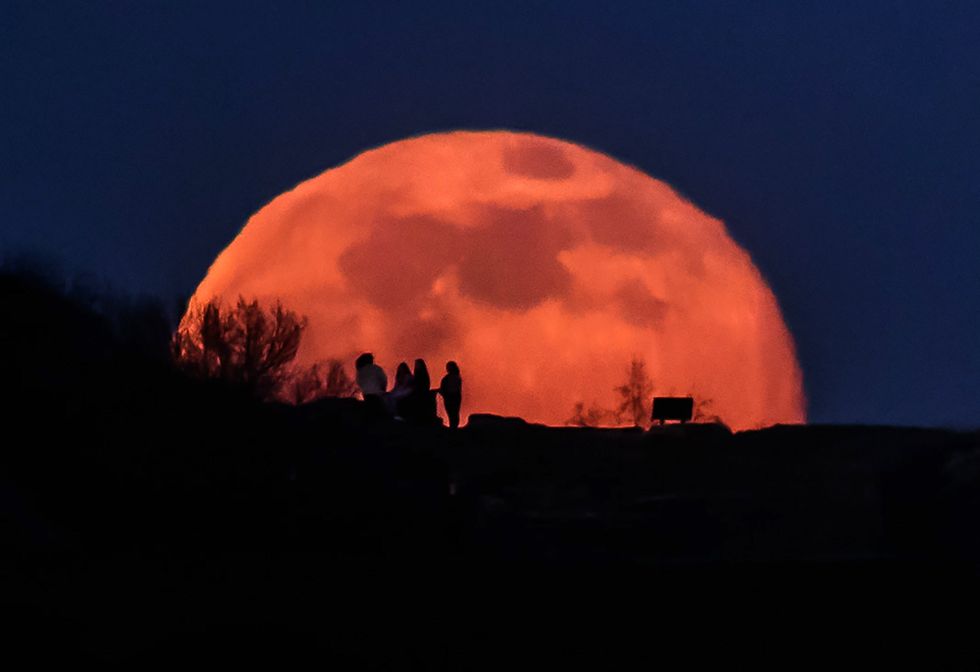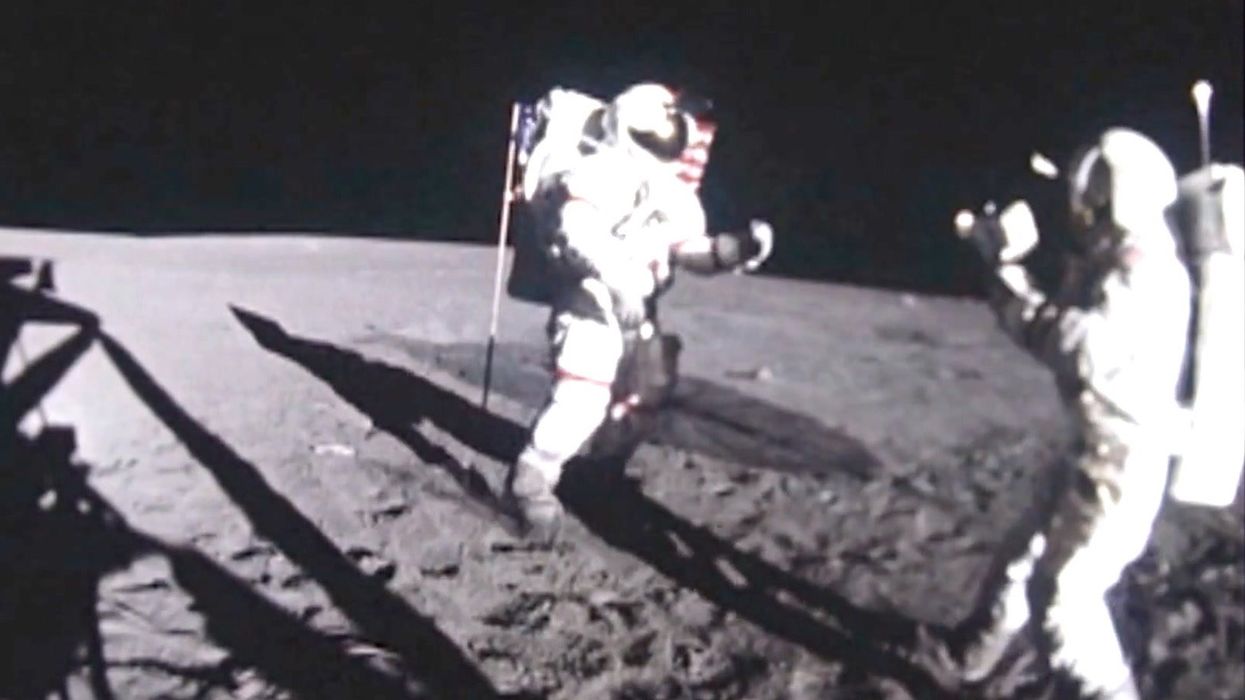Alex Daniel
Dec 14, 2023
Scientists Discover the Moon Is Much Older Than We Thought Using 50-Year-Old …
ZMG - Amaze Lab / VideoElephant
You’ve probably heard of the Anthropocene – the epoch on Earth that is characterised by manmade changes to the natural world.
Well now, the moon has got itself an epoch too. And surprise surprise, that too is defined by human activity.
Humans have changed the lunar surface to such an extent that researchers say we should categorise the moon’s era as the lunar Anthropocene.
Among the pieces of litter we’ve left up there are golf balls, flags and even human excrement.
Future expeditions will only exacerbate this, with spacecraft returning to the lunar surface on a regular basis and plans to take humans back to the moon.
Researchers writing in Nature Geoscienceargue that officially naming the new epoch on the moon would be significant to make clear that the lunar surface can also be changed significantly by humans, despite its distance from us.
They say it may even have begun more than 60 years ago, when Russia’s Luna 2 spacecraft landed on the moon for the first time in human history.
Lead author Justin Holcomb, a geological researcher at the University of Kansas, wrote: “The idea is much the same as the discussion of the Anthropocene on Earth – the exploration of how much humans have impacted our planet.
“The consensus is on Earth the Anthropocene began at some point in the past, whether hundreds of thousands of years ago or in the 1950s.
“Similarly, on the moon, we argue the Lunar Anthropocene already has commenced, but we want to prevent massive damage or a delay of its recognition until we can measure a significant lunar halo caused by human activities, which would be too late.”

Holcomb said space exploration on the moon should be protected as cultural heritage, and that recognising the lunar Anthropocene is important for preserving it.
Holcomb said: “Cultural processes are starting to outstrip the natural background of geological processes on the moon.
“These processes involve moving sediments, which we refer to as ‘regolith,’ on the moon. Typically, these processes include meteoroid impacts and mass movement events, among others.
“However, when we consider the impact of rovers, landers and human movement, they significantly disturb the regolith.
“In the context of the new space race, the lunar landscape will be entirely different in 50 years. Multiple countries will be present, leading to numerous challenges.
“Our goal is to dispel the lunar-static myth and emphasise the importance of our impact, not only in the past but ongoing and in the future.
“We aim to initiate discussions about our impact on the lunar surface before it’s too late.”
How to join the indy100's free WhatsApp channel
Sign up to our free indy100 weekly newsletter
Have your say in our news democracy. Click the upvote icon at the top of the page to help raise this article through the indy100 rankings.
Top 100
The Conversation (0)














